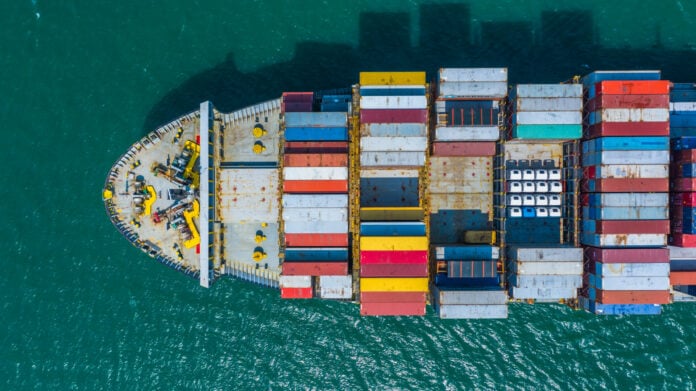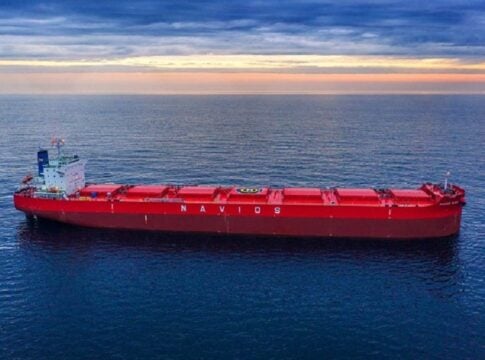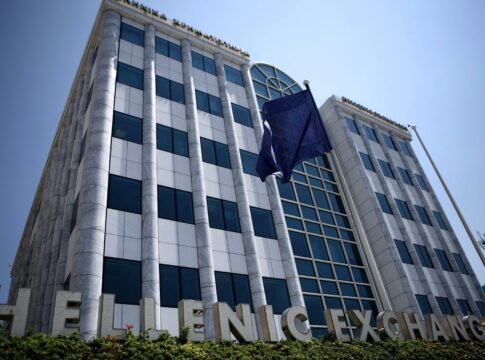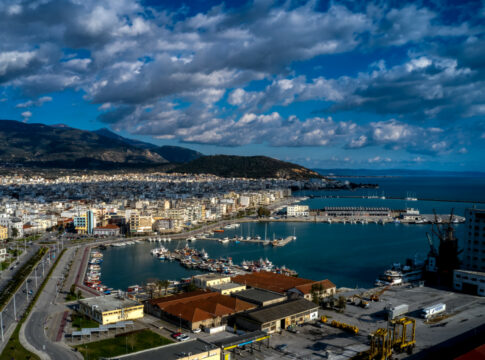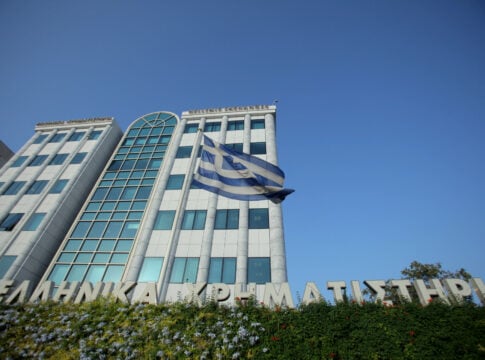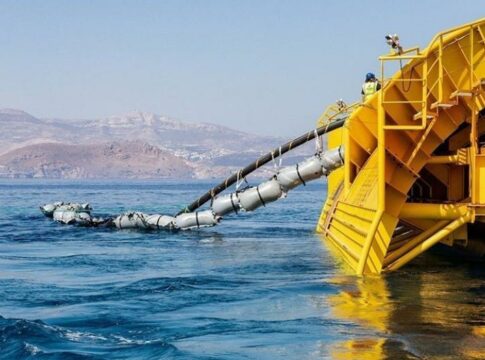A significant part of the Greek-owned merchant fleet may soon find itself under pressure as a result of US protectionist policy ahead of the implementation of new port fees targeting Chinese-built ships approaches.
According to data from Lloyd’s List Intelligence, if the proposal of the US Trade Representative (USTR) is finally implemented, more than 20% of Greek ship voyages to the US may be burdened with these fees (port fees), while the potential cost could exceed 1 billion dollars.
It is worth noting that ships owned by Greek-owned companies and participating in US routes (ships with a total carrying capacity of approximately 281.7 million dwt) made 3,749 voyages to US ports in 2024.
Of these, 903 voyages, i.e. 24% of arrivals and 21% of total carrying capacity, were made by ships built in China.
The significance of this lies in the fact that the proposed USTR regulation, presented in April 2025, targets to a greater extent – as reported by Lloyd’s List Intelligence – the country of construction of the ship.
Essentially, this proposal, which aims to reduce US dependence on the Chinese shipbuilding industry and enhance national security, provides for additional fees for all arrivals of Chinese-built ships in US ports.
For Greek shipping – which remains a global leader in the sector – this policy could have serious economic consequences.
According to the same data, the Greek-owned fleet includes 4,033 cargo ships over 10,000 dwt, which operate internationally.
Of these, 32% were built in China (South Korea leads with 34% and Japan follows with 26%).
Lloyd’s List Intelligence pointed out that bulk carriers and containerships are the most exposed.
Specifically, of the 903 voyages by Greek-owned Chinese-built ships to the US, most were made by bulk carriers (536 arrivals), followed by containerships (175) and crude oil tankers (98).
These types of ships are the most exposed to the new tariffs, as they are widely used on the main trade routes between the US and Asia.
Exemptions
However, as analysts reported, there are also exceptions, which partially reduce the exposure, but are not enough to fully protect Greek-owned Chinese-built ships.
Specifically, Chinese-built ships are exempt from the fees if they arrive at US ports empty, a regulation that favors bulk cargo exports from the US.
Other exceptions concern ships that perform the so-called shortsea shipping (voyages of less than 2,000 nautical miles to and from US ports), containerships with a capacity of up to 4,000 TEU, bulk carriers up to 55,000 dwt and ships with a total capacity of up to 80,000 dwt.
It is noted that the implementation of the new fees is expected to begin on October 14, 2025 and the amounts will gradually increase in the coming years.
While the full structure of the charges has not yet been clarified, the potential financial burden on international shipowners—particularly for fleets with a large proportion of Chinese shipbuilding—is enormous.
In total, 1,519 different ships owned, registered, or managed by Greek-based companies arrived at U.S. ports from abroad in 2024. Of these, 432 (28%) were built in China.
Reconsidering strategy and investments
As the US attempts to limit China’s shipbuilding influence, Lloyd’s List Intelligence highlights that Greek shipowners – some of the most powerful players in international shipping – may need to reconsider their investment, shipbuilding and commercial strategies.
At the same time, according to the same analysis, unless there are amendments to the proposal, the new policy may entail significant financial costs for the world’s largest shipping power, highlighting how geopolitical developments are now reshaping the global shipping reality to a huge extent.


